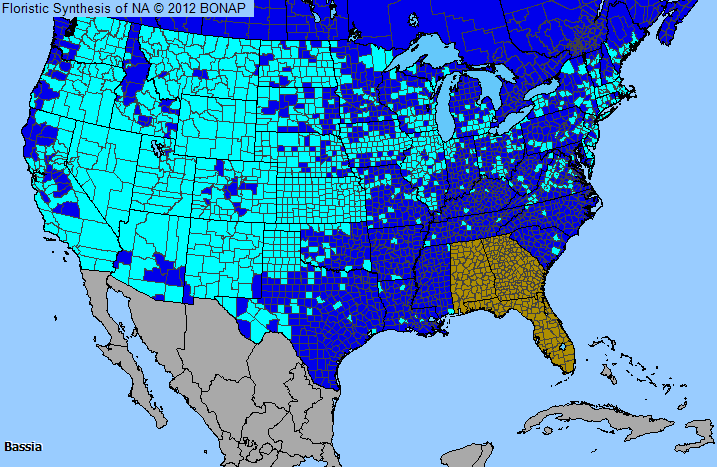
Plant Allergy Overview
Allergenicity
Severe
Pollen Season
Spring to Fall
Type
Weed
Sub-Type
Annual
Allergy Information
Pollen is abundant and is wind disseminated. Due to the fact that russian pigweed is a member of the chenopod family, a particularly allergenic plant group, it is likely a cause of allergy.
Genus Details
Smotherweed leaves are alternate, simple and rough feeling. Flowers are found in small clusters collected in spiked panicles (flowering structures). Smotherweed was introduced from Eurasia and is now found all over the U.S., where it grows as an annual. Pollen is abundant and is wind disseminated. Generally it is worse in the summer month (June-July). This is one of the last weeds to be killed by autumn's frosts and is also considered an indicator of good soil.
Pollen Description
The pollen grains of these families are spheroidal and pantoporate; the pores 20-65 per grain, usually circular, either globally distributed or in luminoid areas separated by muroid ridges; and the opercular granular. The sexine is often tegillate, undulating with a granular surface that is spinulose. The nexine is as thick as or often thinner than the sexine and the intine is generally thick or indistinct.
The pollen grains are 14-50 micrometers in diameter.
Genus Distribution

The shaded areas on the map indicates where the genus has been observed in the United States.
 - Native, observed in a county
- Native, observed in a county  - Introduced, observed in a county
- Introduced, observed in a county  - Rarely observed
- Rarely observedAllergens & Plants Search
Enter a full or partial species name to find more information on one of over 1,200 potentially allergenic plants.
For example, you can find chenopods searching on "cheno"


